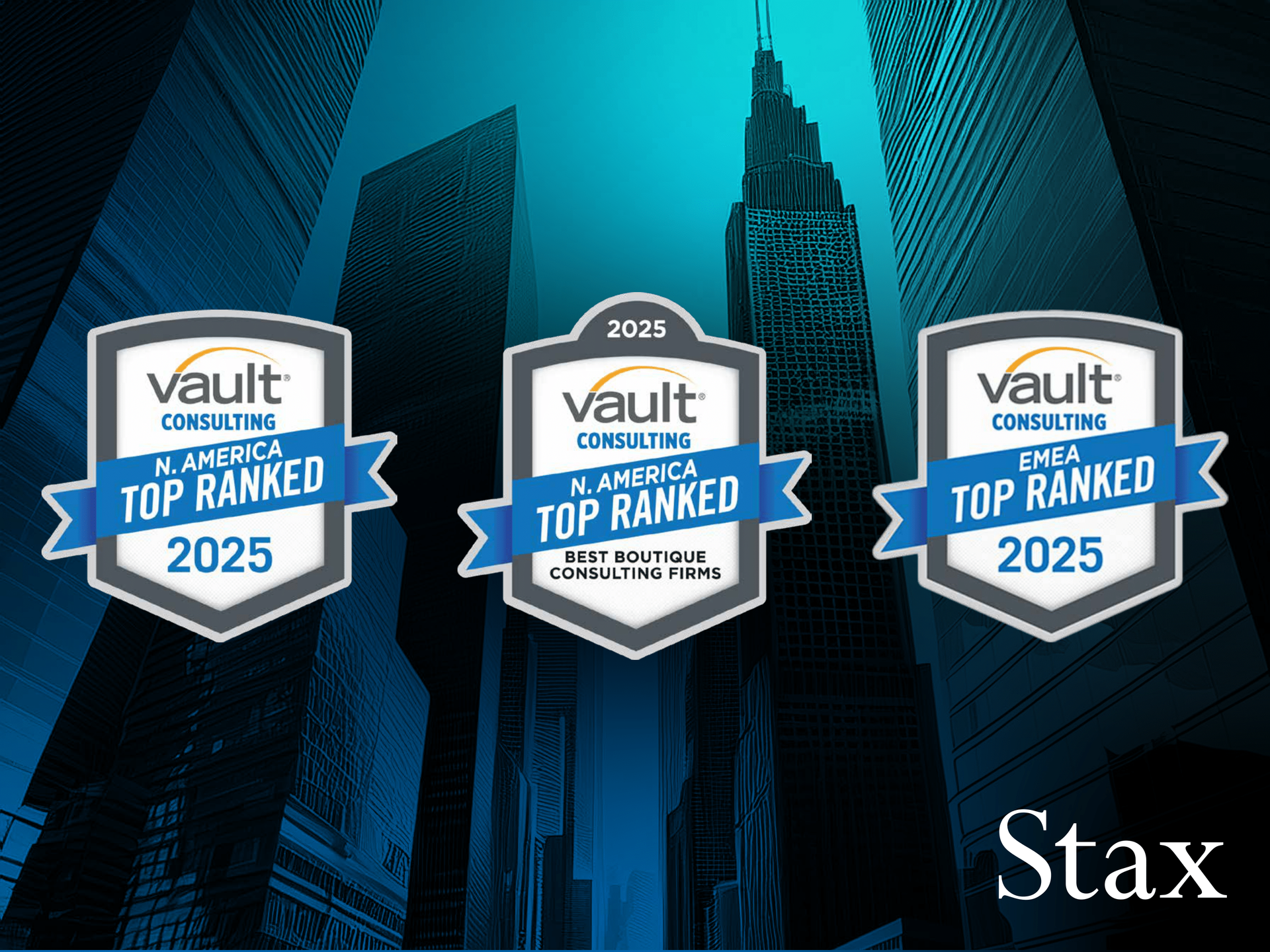Venues 2.0— A New Era
Venues 2.0— A New Era
This article was published by CMW in February 2020.
Venue operators today face an exciting, yet interesting set of challenges. While the global exhibition and conventions market is to continue growing at c. 4%* CAGR to 2023, it’s the evolving requirements of event organisers, the changing needs of participants and the intensified competition between venues that demands closer attention.
Already, the more forward-looking operators realise that the continuation of the ‘shoebox’ venue setting, and pure space-rental business models are no longer enough for sustained success.
AMR International (acquired by Stax in 2022) has developed the ‘Venues 2.0’ model designed to help operators. It sets out a framework for how to deliver better outcomes. First, let’s examine some trends with excerpts from AMR’s recent Venues 2.0 White Paper:
Organiser-side trends
Organisers are certainly shifting their view of how to be successful.
a) Greater focus on participant success
Both exhibitors and visitors are expecting more quantifiable benefits from their participation at events. Progressive organisers are focused on improving participant ROI (Return On Investment) and ROT (Return On Time) and are investing in improving and tracking participant interactions.
Venues that provide versatile spaces and appropriate technology/connectivity support will strengthen relationships with their customers.
b) Gaining customer insights throughout the participant journey
In parallel, organisers are looking to better understand the participant journey, both online and on site, to make it more efficient. On site delegate tracking and behaviour monitoring is in its infancy; innovative organisers and venues are trialling tools, but the winning model has yet to emerge.
Venues can create competitive advantage by working hand-in-hand with organisers to find the right solution.
c) Hybridisation and festivalisation
Events are increasingly becoming hybrids as organisers strive to provide business, networking, learning and entertainment opportunities simultaneously to their participants. Venues that can provide the modularity and versatility to accommodate multiple requirements will be best placed to attract new forms of ‘expongresstival’.
d) Plug-and-play digital infrastructure
New organisers look for venues with ‘smart’ digital infrastructure into which they can plug. Offline and online elements blend and the on site experience is at the heart of a digitally enhanced model.
Participant-side trends
New generations of exhibitors and sponsors have higher expectations of venue infrastructure, whether it is Wi-Fi or 4G (tomorrow 5G) coverage, catering, chill-out areas, or hygiene of the washrooms.
Venues that provide a broader positive experience (from station or carpark to show floor) through engaging spaces will strengthen their overall attractiveness.
Venue operator-side trends
Changes in dynamics forcing operators to reconsider their environment include:
a) Intensified competition
Competition is getting more intense and numerous venues are under construction, especially in developing markets.
b) Challengers are taking share
Alternative venues have become more attractive, especially those that can support the experiential aspect of events. For instance, fashion shows hosted in Berlin’s old railway station and major tech events are using an entire city as their playground.
c) The sustainable venue
Sustainability is attracting more attention. Carbon-neutral venues, with intelligent energy and water management infrastructure are becoming the norm.
d) Safety and security concerns
Safety and security compliance is becoming tighter. The trick for venues is to design systems that enhance safety and security while preserving the fluidity of participant flows and a welcoming atmosphere.
e) Integration in the local community
The need to generate more regular revenues is leading progressive venues to mesh more closely with the local community. Birmingham’s NEC, for example, has transformed itself into a destination resort.
Taking a Venues 2.0 approach
AMR defines the attributes that operators need to develop in order to be successful in its ‘Venues 2.0 framework’, which contains:
a) Foundational elements – the basics for venue operation
• Focus on customer success and a seamless customer journey
• Modularity of MICE spaces
• Advanced digital infrastructure
• Safety/security infrastructure (physical and cyber)
• Self-contained hospitality facilities
• Sustainability
b) Advanced elements – for venues seeking to differentiate
• Unconventional MICE spaces
• Smart building: process automation and intelligent infrastructure
• Plug-and-play technology platforms for organisers
• Iconic architectural features.
By adopting the elements that make up Venues 2.0, operators will be able to deliver much better outcomes for both event participants and organisers. In this way, they can ensuring greater long term success.
*Globex 2019
Read More
All Rights Reserved | Stax LLC | Powered by Flypaper | Privacy Policy






